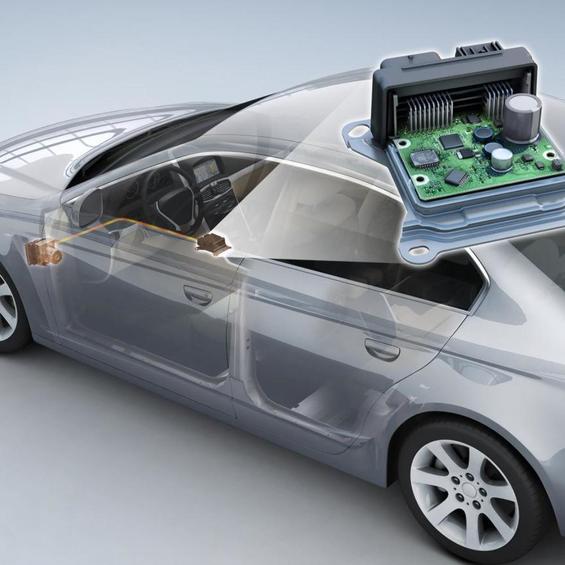
The safety cushion is one of the most reliable and common systems of passive safety, which is responsible for the safety of life and human health in the car. History of airbag development and development
History of airbag development and development
For many years, the safety belt remained the only vehicle for passive safety of the motorist. The airbags came to him for help from the aviation, more precisely, from military aircraft, where they were used to rescue pilots unable to leave the plane and performing the emergency landing. Like cars, they were built into the dashboard.
The use of such systems in cars was first brought up at the end of 1960 with a "pioneer" in security issues-Volvo. The first prototype of a car with an airbag was the Chevrolet Impala 1973. At about the same time, the tests also started with Mercedes. The company approached the case thoroughly: analyzing the data and identifying the problems, the engineers had to break over two hundred cars. Finally, in 1980 the serial cars of Mercedes with airbags (for the front seat driver and passenger) got off the pipeline. The start of evolution was given. After three years, Mercedes introduced a security system that, in the event of a collision, first delayed the seat belt and then opened the pillow. This development has revealed an understanding that both means of security should not be interchangeable.
In 2006, the first system of pillows for motorcycles was introduced, and Honda developed for the Gold Wing model.
Another stage in the development of airbags is the protection for Pedestrian Airbag System. It was first introduced by Volvo in 2012. In the case of a collision with a pedestrian of a cushion, the sleeping state lies beneath the bonnet, inflates the car and closes the lower part of the windscreen with the side frames.
airbag device
The safety ears shall be produced from nylon 0.45-0.55 mm. The driver's airbag is 60-80 litres, the front passenger is up to 130 litres. In the folded state, the pillows are placed in the steering wheel, torpedo, seat or door.
In addition to the pillows, the vehicle is equipped with sensors, an airbag system and an electronic control unit. The inflatable system is the gas-generators which differ in form, principle of action and type of gas education. Solid-fuel and hybrid gas generators are used in modern cars.

A solid propellant is composed of a shell containing a pyroholder and a solid fuel charge. The fuel is a mixture of sodium, potassium nitrate and silicon dioxide. The fuel is ignite from the pyroholder and the nitrogen gas is allocated and filled with the airbag.
In addition to pyroholder and solid fuel, the hybrid gas generator also contains high pressure gas (mostly compressed nitrogen or argon). The safety cushion is filled with this compressed gas, which is released with a repulent charge of solid fuel.
Depending on the type of the pillow, the gas generators may have a domed or tubular form. As a matter of principle, the gas generators are divided into one-and multi-step. Multi-stage gas generators can vary the amount of cushions depending on the force of the impact.
How it works
In the event of an accident, special sensors are triggered (they have a pendulum construct with an anker unit that, if the value is exceeded), is closed by an electrical circuit. A signal from a certain sensor is sent to the electronic unit. The safety ears are triggered, depending on the direction of impact. The gas generator supplies the gas and enters the pillow through a special filter. The cushion is usually inflated for 30 milliseconds and is aimed at the driver or passenger at a speed of 300 km/h (if the person is unfastened, the "meeting" with a pillow can be injured) and with a very strong noise (up to 140 dB). The panels and panels that cover the pillow in the folded state will break or break when they are triggered.
Varieties
There are several types of internal airbags for the driver and passengers.
The most common cars are equipped with frontal pillows. They are in the steering wheel and in the special niche in the glove compartment and serve as a frontal collision protection. The driver's pillow is circular and passenger-rectangular. For front-end pillows, a number of different response options are generally available, depending on the force of impact.
Side cushions, which are placed in the back of the front seat, reduce the risk of pelvic injury, thorax and abdominal cavity in the event of an accident. Their "scope" is the side impact.

A knee cushion is used to protect the knees and tibia. It is placed beneath the steering wheel-for the driver, and under the glove compartment for the front passenger. It was first installed in 1996 for Kia's cars.
The concert airbag was invented by the Toyota. They are designed to protect the head in a lateral collision. They can be placed in the front of the roof, between the racks and in the rear of the roof.







